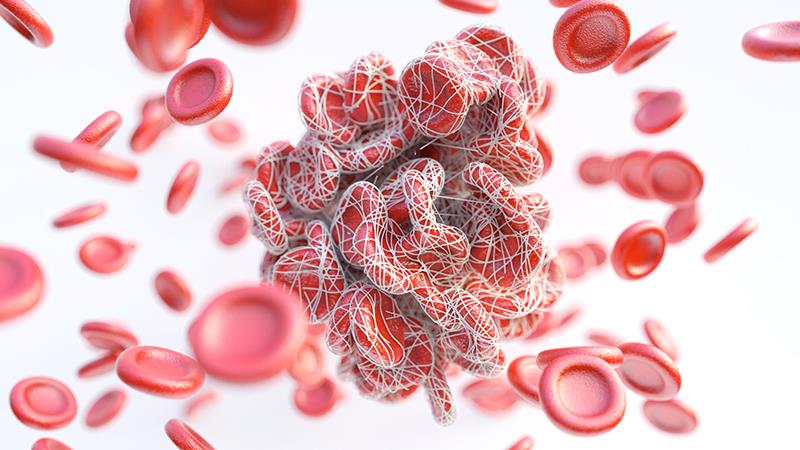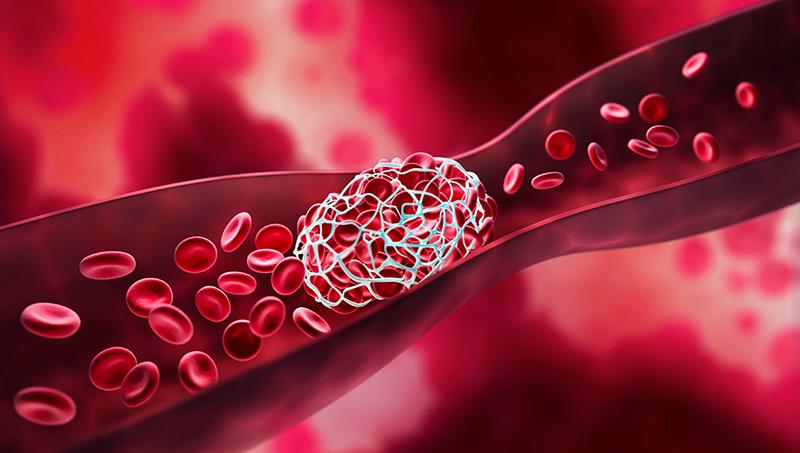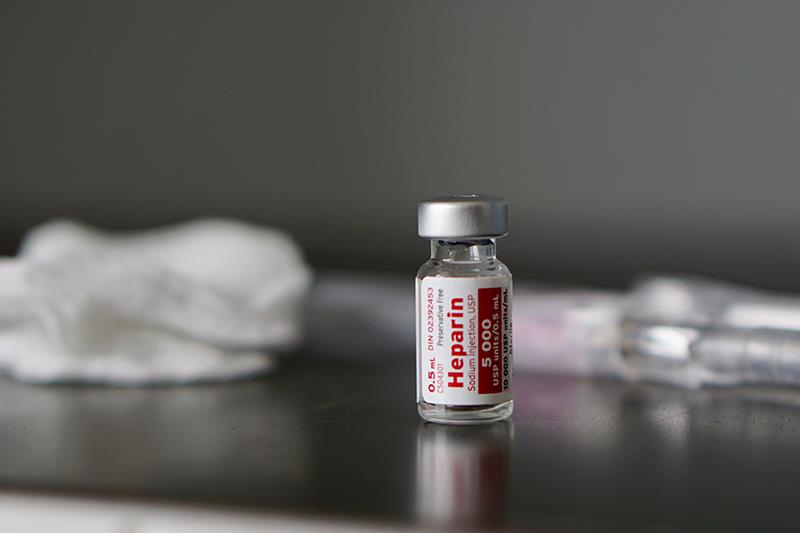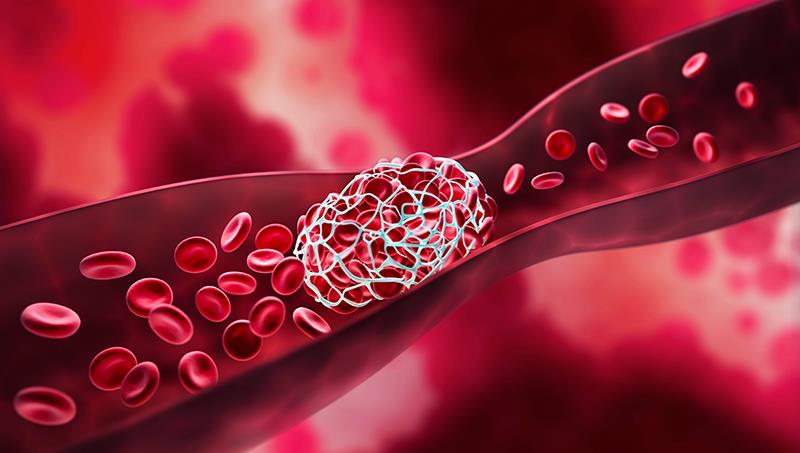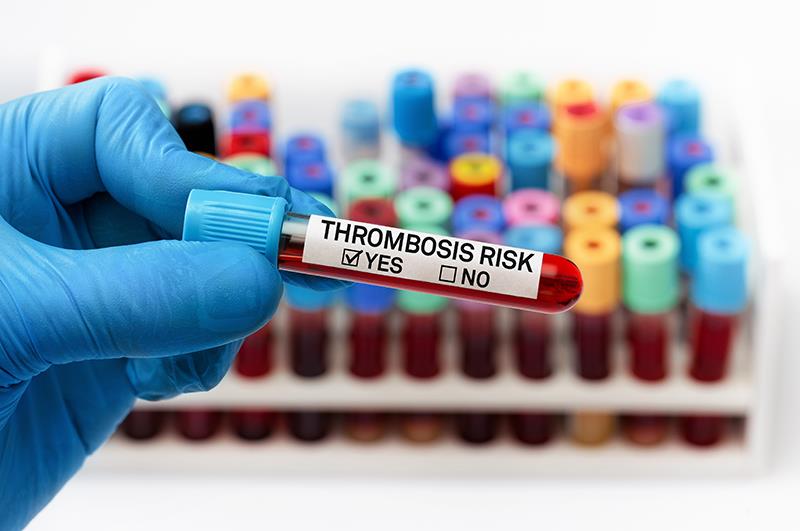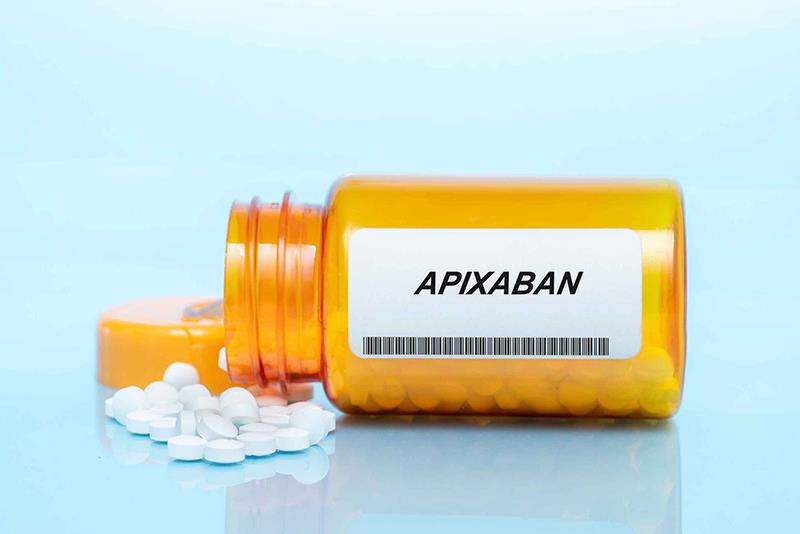Content on this page:
Content on this page:
Overview
Venous thromboembolism (VTE) is most commonly manifested as
pulmonary embolism (PE) and deep venous thrombosis (DVT) and is associated with
significant morbidity and mortality. These diseases are defined in the Introduction section.
Incidence and prevalence of VTE are
stated in the Epidemiology
section.
The mechanisms involved in the development of VTE per Virchow’s triad theory are discussed in the Pathophysiology section.
Provoking factors for the development of VTE may be transient/reversible or chronic/non-reversible. These as
well as other risk factors are discussed in the Risk
Factors section.
Classification of deep vein thrombosis (DVT) according
to etiology and anatomical level are identified and discussed in the Classification section.
History and Physical Examination
Signs and symptoms that are suggestive of DVT and pulmonary embolism are enumerated and discussed in the Clinical Presentation section.
Diagnosis
Laboratory Tests and
Ancillaries and Imaging
studies to be considered in patients suspected of having DVT and pulmonary embolism are discussed in these sections.
Confirmation of the diagnosis of DVT and
pulmonary embolism is essential in the management of these conditions. Pretest
probability is needed to guide the diagnostic process. The Diagnosis or Diagnostic Criteria section includes
the Wells Scale of Clinical Pretest Probability for both DVT and pulmonary embolism, the Geneva Clinical Prediction Rule for pulmonary
embolism, and the pulmonary embolism rule-out criteria (PERC).
Diseases that may present similar symptoms to DVT and pulmonary embolism and should be ruled out are in the Differential Diagnosis section.
Management
Patients with VTE are managed with
thrombolytic therapy. In the Evaluation
section, the absolute and relative contraindications to thrombolysis are
enumerated. Prompt management of hemodynamically unstable patients is also
discussed in this section.
In the Principles of
Therapy section, phases of anticoagulation in DVT, general therapy principles on Heparin and anticoagulant use, and
thrombolysis in pulmonary embolism are discussed in detail.
Details about the different drug options for parenteral and oral
anticoagulation in the management of DVT and non-massive
pulmonary embolism, thrombolysis of massive or sub-massive pulmonary embolism
and prompt management of clinical instability are in the Pharmacological Therapy section.
Different Nonpharmacological
options like bed rest and leg elevation, early ambulation,
exercise and use of graduated elastic compression stockings are described. Patient
education is also in this section.
In the Surgery section,
different invasive procedures, thrombectomy and vena caval interruption that
can be performed on patients with VTE are discussed.
Monitoring parameters
with or without anticoagulation therapy are enumerated and discussed in this
section.
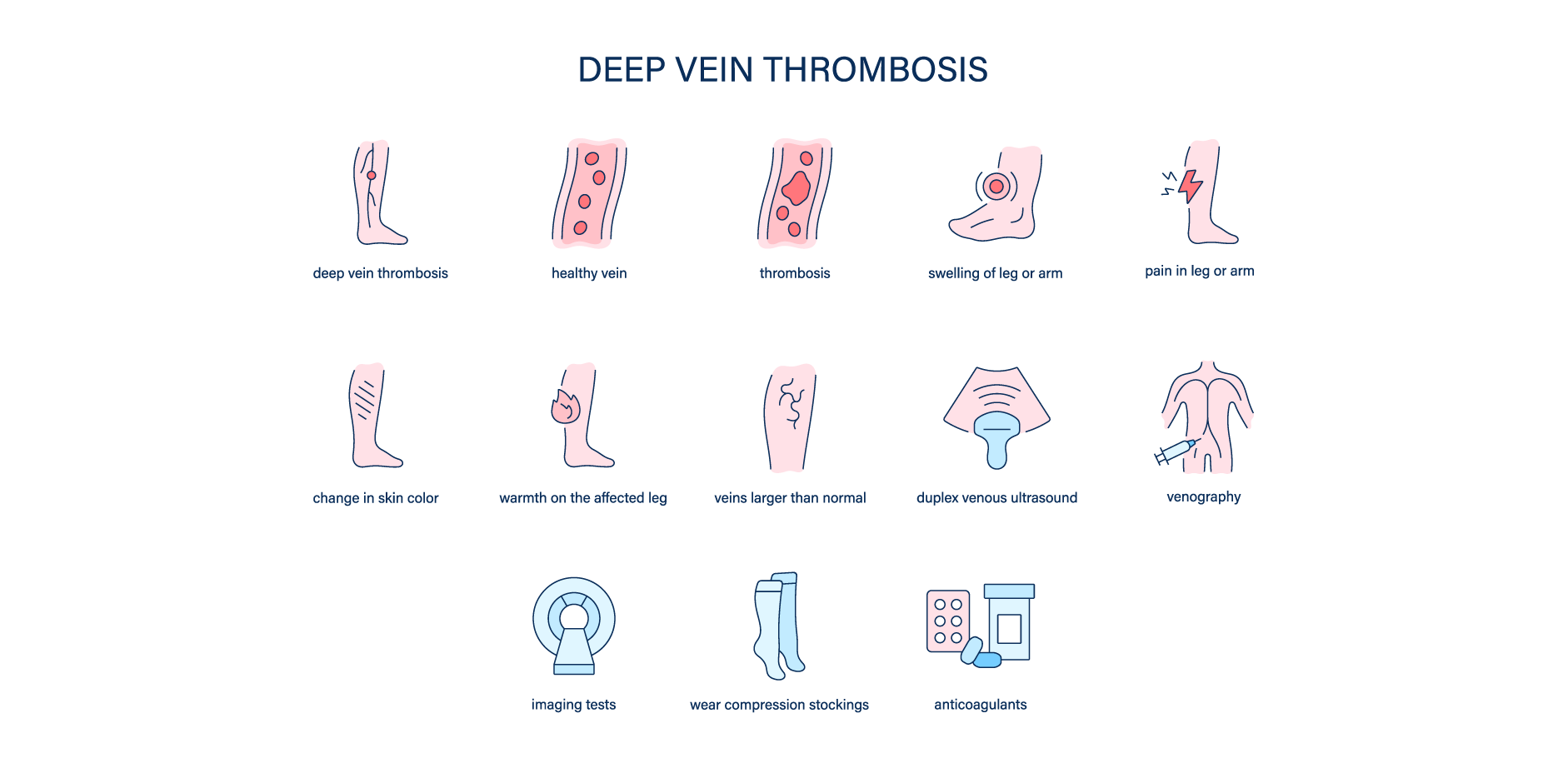 Venous Thromboembolism - Disease Summary
Venous Thromboembolism - Disease Summary
